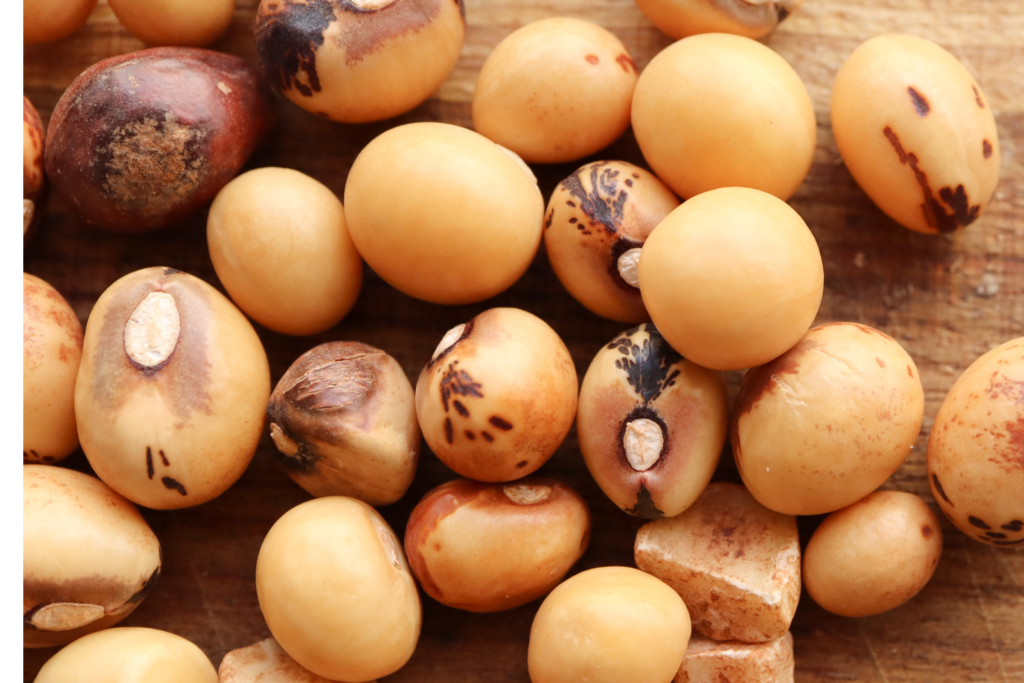10-20-30 Initiative
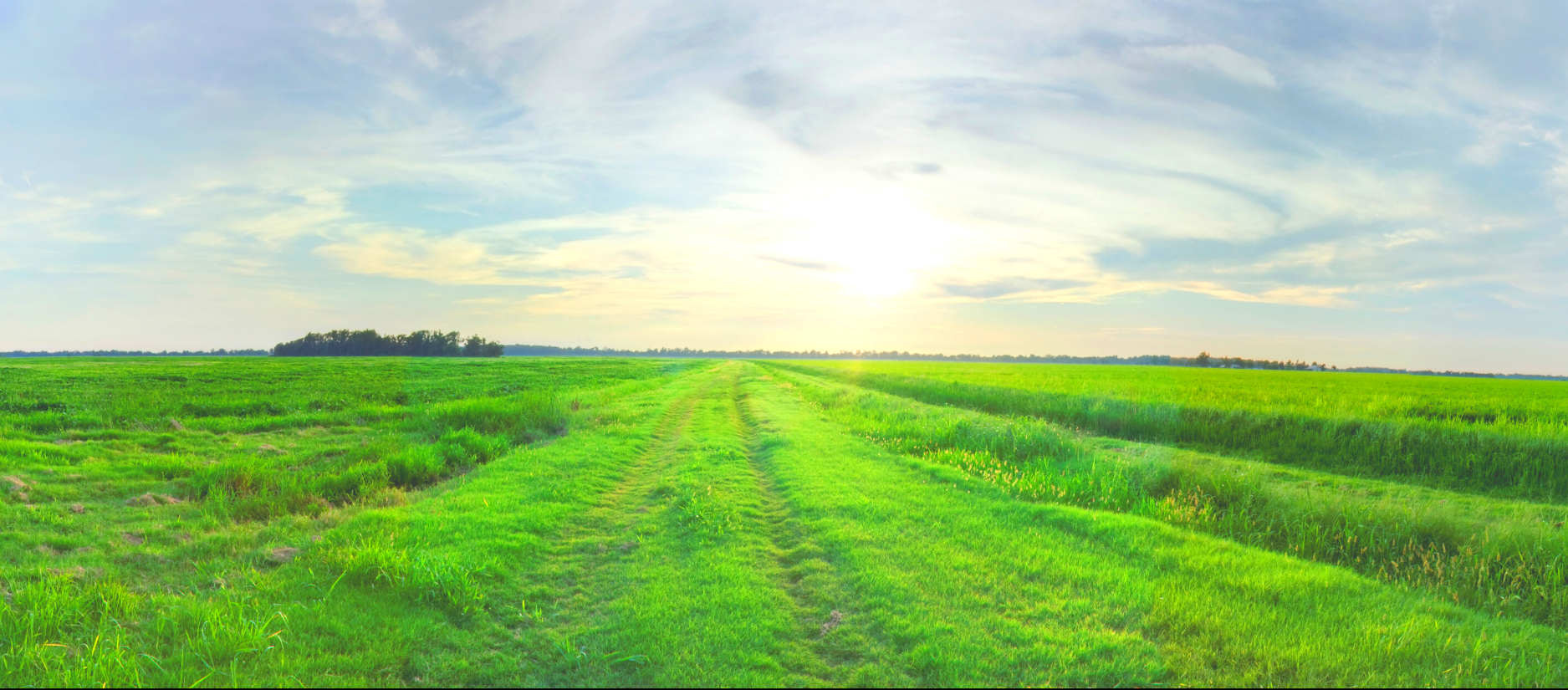
10-20-30 Initiative
It is time to once again invest in the backbone of Wisconsin agriculture…its diversity. Luckily, we aren’t starting from scratch. The 10-20-30 Initiative describes how a number of emerging crops can be brought across the finish line and made a reality with a goal of:
10 New Crops on 20,000 Acres by 2030
Bringing The $42 Billion Nut Economy to Wisconsin With Hazelnuts
It’s ironic that Wisconsin has never participated in the lucrative global nut economy despite hazelnuts growing wild on hundreds of thousands of acres in the state. That will soon change, though, as breeders get closer to releasing improved hazelnut varieties optimized for Wisconsin production. Walnuts, chestnuts, and hickory also have untapped potential.
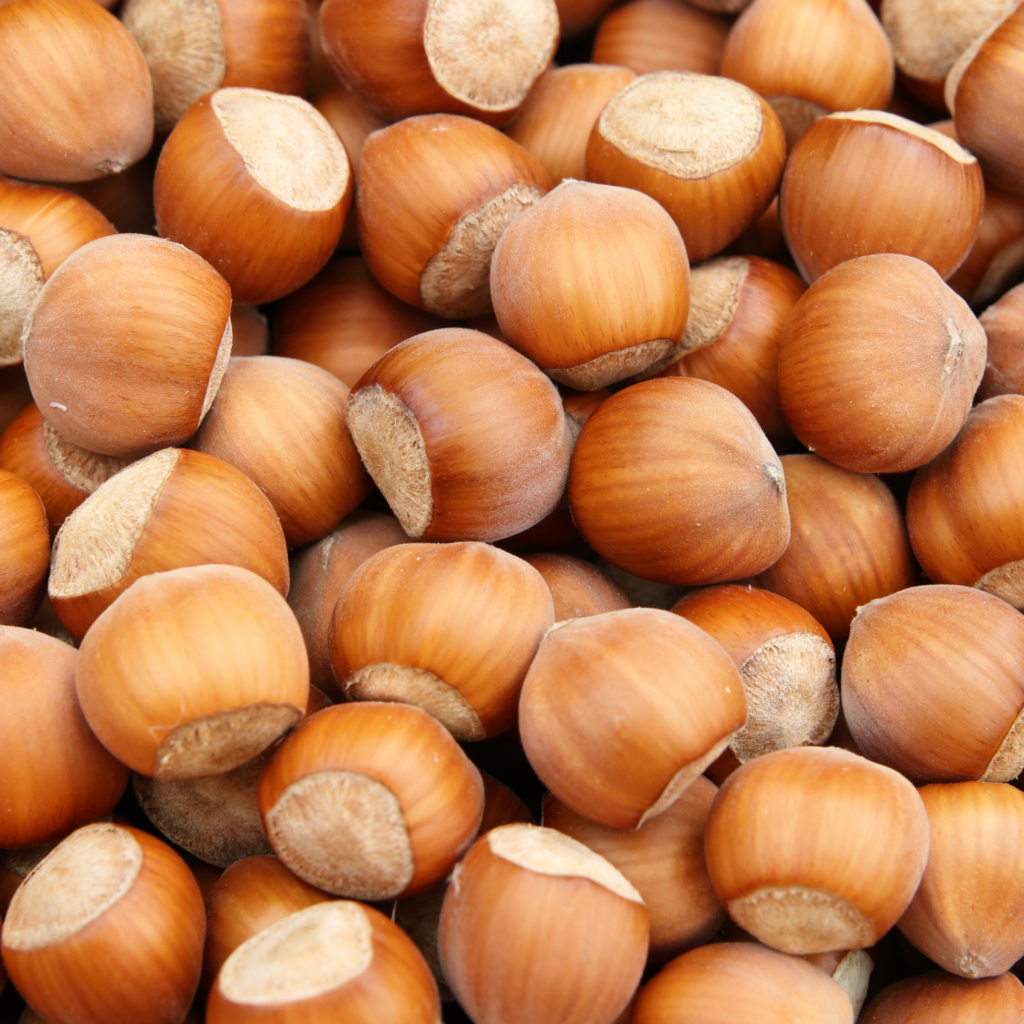
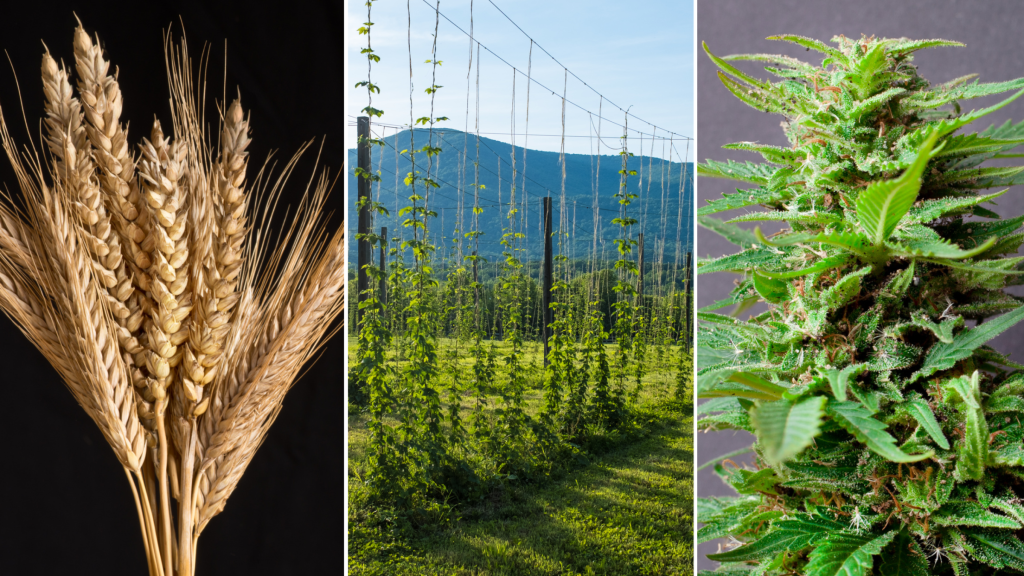
A New Day For Old Crops
Hops, hemp, and malting barley were once an important part of Wisconsin agriculture. With a concerted effort in breeding and modern production systems Wisconsin farmers can once again grow these crops and supply downstream processors and end-users. Growing demand for specialty grains is fueling interest in food-grade varieties of naked barley, wheat, rye, and oats.
Bringing Superfoods to Health-Conscious Consumers
Food as medicine is a concept front and center for today’s eaters. Packed with health benefits, cranberries have led the way in this space, but other berries native to Wisconsin are also loaded with anti oxidants and other health benefits. Aronia berries, currants, honeyberries, and elderberries all have potential to be the next cranberry.
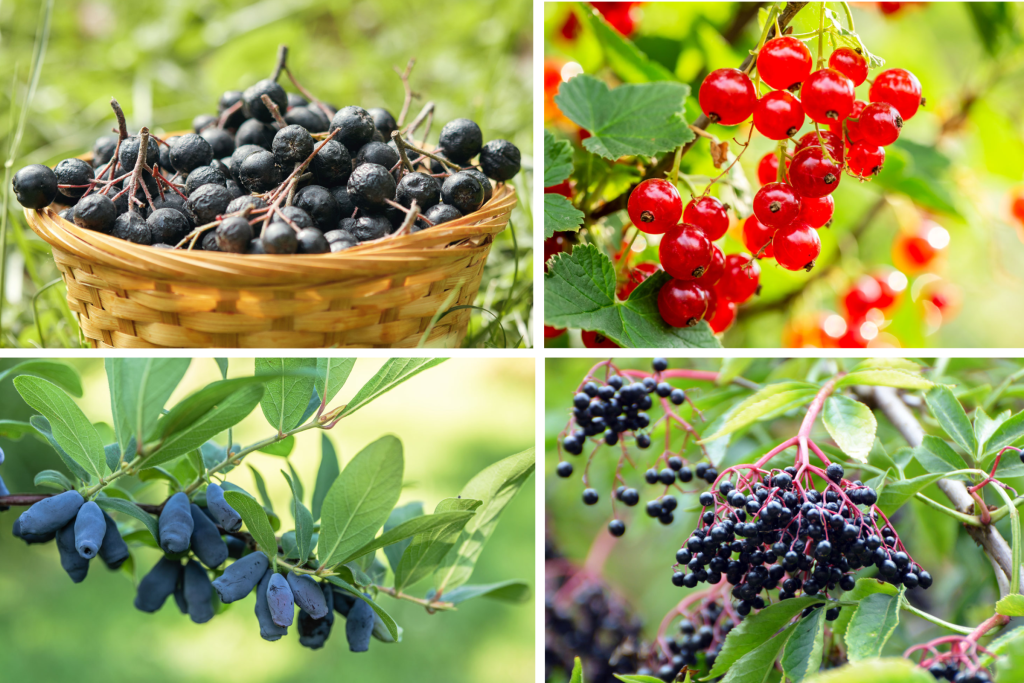
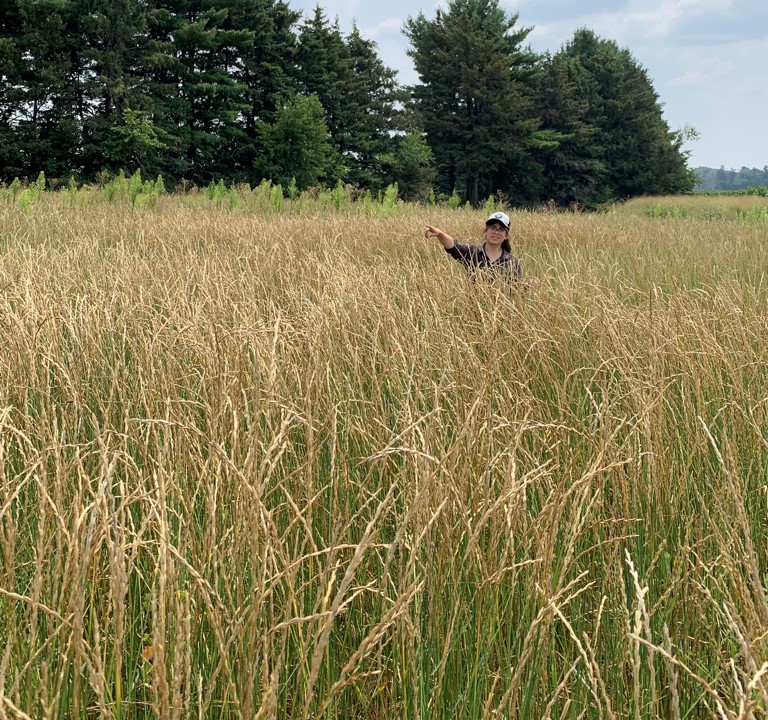
Solving Water Quality Problems With New Crops
Continuous living cover represents a new approach to agricultural conservation where surface and water quality are protected WITH agriculture instead of FROM agriculture. Winter annual oilseed plants such as pennycress and winter camelina make cover cropping a more viable option to protect and enhance soil health. Perennial grains such as Kernza require fewer inputs and sequester carbon.
Today’s Crazy Idea Could Be Tomorrow’s Next Big Thing
What other new crops can bring new opportunities and vitality to Wisconsin agriculture? We won’t know if we don’t try. Will it be ancient grains such as quinoa, millet, teff, or amaranth? Will it be new legumes such as Illinois bundleflower, Bambara groundnut, or lupini? With an all-hands-on-deck effort, we can bring new crops to Wisconsin farmers and new vitality to rural communities.
